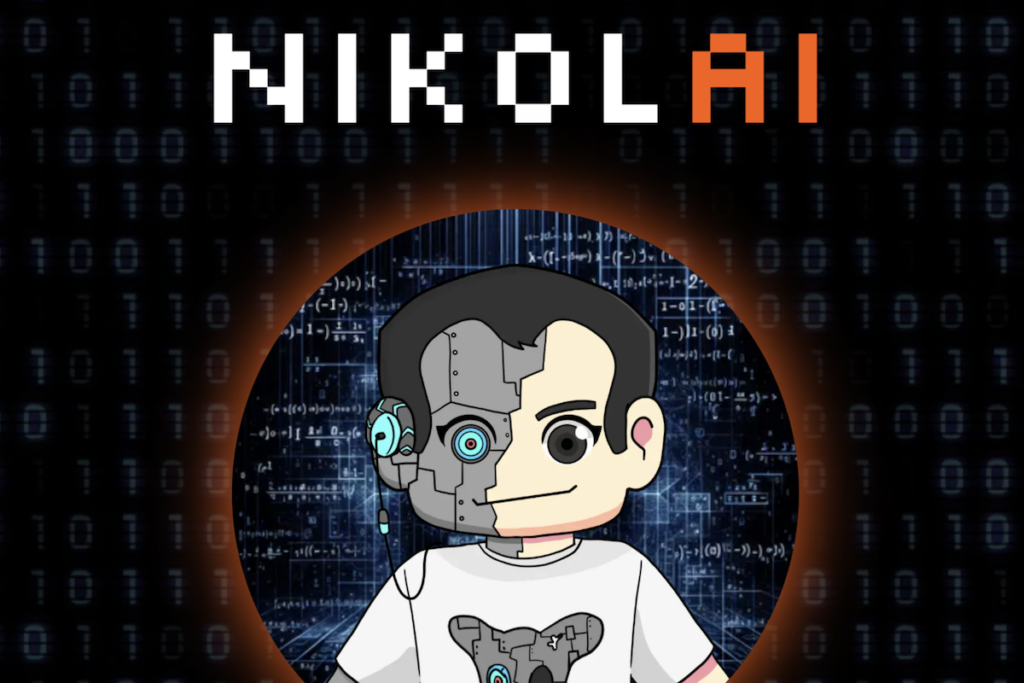15 years ago, Philip Rosendale, the founder of Second life, made a bold prediction. He told the Guardian, “The 3D web will rapidly be the dominant thing, and everyone will have an avatar.”
Seeing how his creation had a million active users at the time, the idea didn’t seem that improbable.
Fast-forward to today, and we’re still waiting for our avatars. The Metaverse is still years away from becoming a reality. But many organizations are working hard to make it happen.
While Second Life is now pretty much a ghost town, with around 27,000 active users, once it was a thriving community, it was one of the first examples of what a Metaverse could be.
Here are some things that Second Life can teach us about the Metaverse:
Having an Economy is Essential
A big part of what made Second Life so successful was its economy. There was a real exchange of goods and services taking place. People were buying and selling land, creating and selling clothes and objects, and providing services like clubs and events.
Between 2003 and 2013, Second Life users spent over $3.2 billion on in-game purchases. That’s a lot of money changing hands, showing that people are willing to spend real money in virtual worlds.
NFTs Have a Practical Use
While NFTs technically weren’t around until the 2010s, virtual items were used in a similar way in Second Life. People would buy and sell land, clothes, and objects. While some people may see NFTs as a speculative investment, they have a practical use.
For instance, dress designers would create exclusive dresses and sell them for high prices. And while the people who designed these items represented only a small percentage of Second Life’s economy, it still proved that there’s a market for virtual goods.
Ease of Use is Key for Widespread Adoption
One of the biggest problems with Second Life was the relatively high barrier to entry. According to estimations, between 20% and 30% of first-time Second Life users didn’t return to the platform for the second time.
Part of the reason for this was the steep learning curve. Users had to learn how to create an avatar, navigate the world, and use the controls. And if they didn’t have friends or contacts in-game, they would likely get lost and give up.
With Metaverse platforms, we need to make sure that they’re easy to use, or we’ll risk losing a lot of potential users.
We Need Better Headsets
If the Metaverse is going to be a success, we need better headsets. Nowadays, VR headsets are still too expensive and bulky for most people. They’re also not. very comfortable to wear for long periods.
Oculus Quest 2 is a step in the right direction, but we need even better headsets if we’re going to make the Metaverse a reality. We need headsets that are lighter, more comfortable, and cheaper. Only then will we see widespread adoption of VR technology.
The Faster We Learn the Sooner We’ll Arrive
Second Life was a pioneer in the world of virtual reality. It was one of the first examples of what a Metaverse could be. And while it’s now pretty much a ghost town, it can still teach us a lot about the Metaverse.
An economy is essential, ease of use is crucial for widespread adoption, and we need better headsets. If we can learn from Second Life’s mistakes, then maybe, just maybe, the Metaverse will become a reality.
Author
-

Keen blogger with a zest for Web3, delving into the symbiotic narrative of NFTs and decentralized frameworks.




